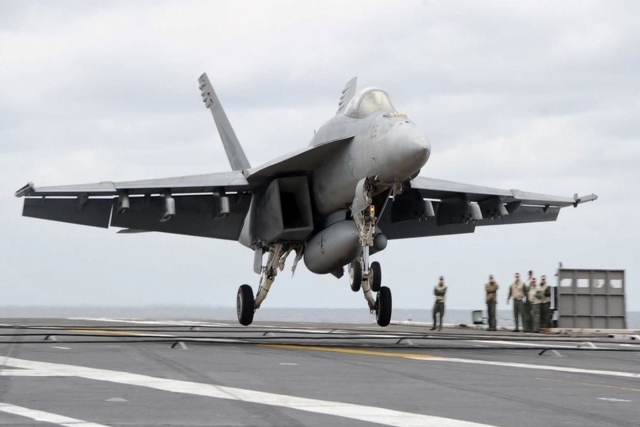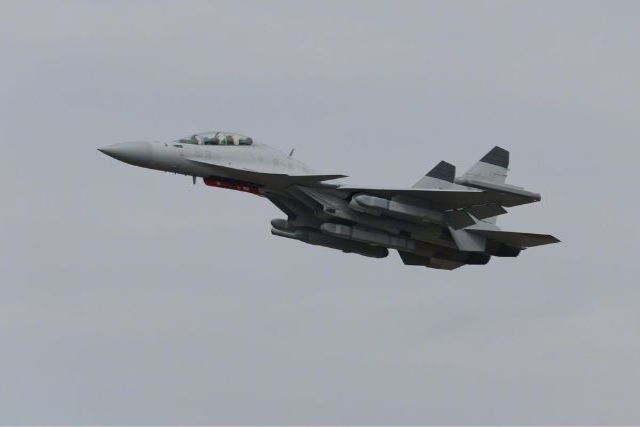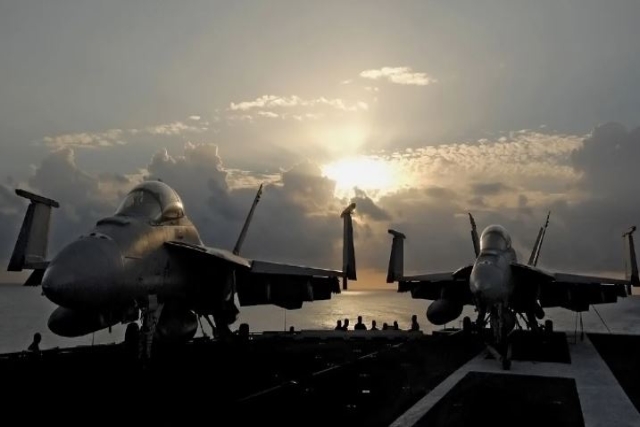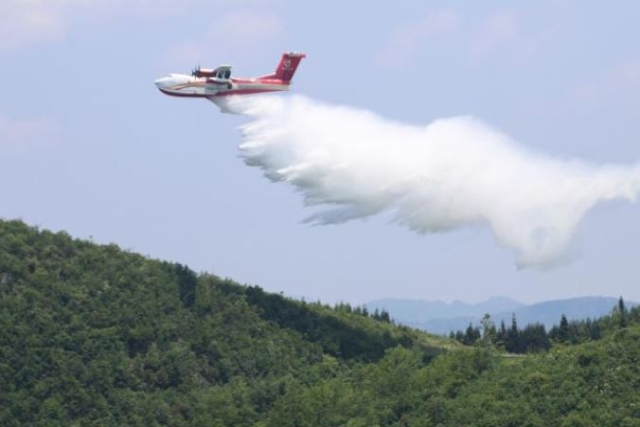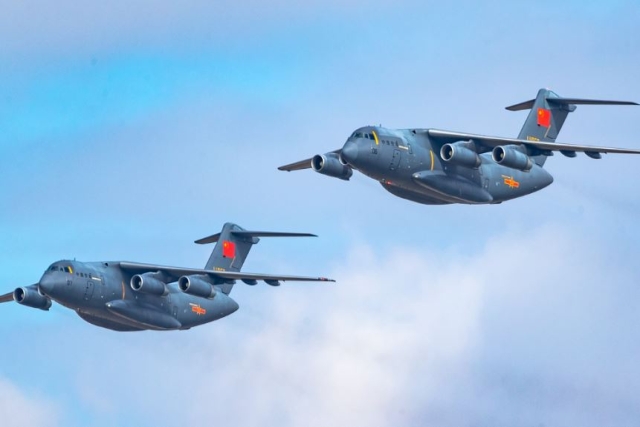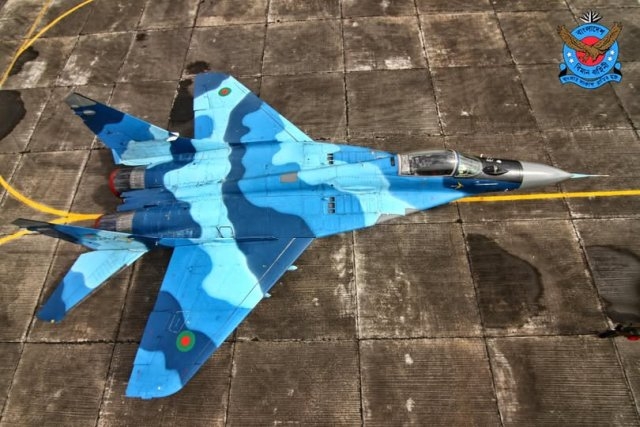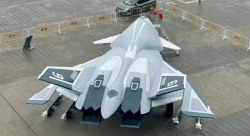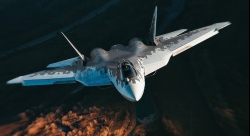U.S. Navy F/A-18s New Infrared Search and Track System Achieves Initial Operational Capability
IRST system enhances fleet's ability to detect and track airborne targets at long range
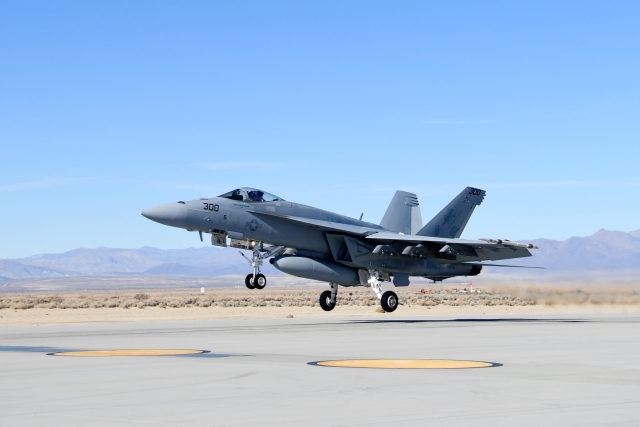
The U.S. Navy reached Initial Operational Capability (IOC) for the F/A-18 E/F Infrared Search and Track (IRST) Block II system in November 2024.
This marks a key step in the Navy’s efforts to enhance its ability to detect, track, and identify airborne targets at extended ranges.
"IRST provides data for our aircrew to improve reaction time and survivability while remaining unaffected by radio frequency jamming,” said Rear Admiral John Lemmon, Program Executive Officer for Tactical Aircraft Programs.
The IRST system is designed to complement existing air-to-air detection and tracking capabilities, increasing situational awareness for aircrews. It can operate autonomously or alongside other sensors, supporting the guidance of beyond visual range missiles. In environments affected by electronic attacks or radar denial, it also serves as a complementary sensor to the aircraft’s AN/APG-79 fire control radar.
The IRST Block II system achieved IOC following the completion of Initial Operational Test and Evaluation (IOT&E) with Air Test and Evaluation Squadron (VX) 9. The F/A-18 and EA-18G Program Office (PMA-265) worked alongside military, civilian, and contractor personnel from VX-31 and VX-23 to combine operational and developmental test facilities and assets during the evaluation.
The IRST system was introduced in phases, with Block I integrating an existing IRST system onto the F/A-18 fuel tank in 2011. Block I was tested with the fleet in 2019. Block II incorporates an upgraded sensor, processor, and additional software, with a full deployment scheduled for 2025.
A full-rate production decision for IRST Block II is expected in spring 2025, allowing the Navy to fully equip its carrier-based F/A-18E/F Super Hornet squadrons with the system.
